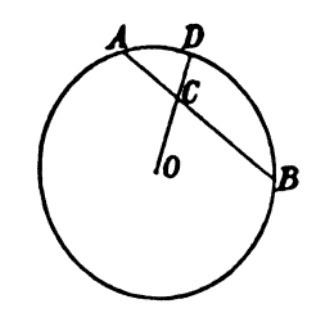 | ||
In optics, Grassmann's law is an empirical result about human color perception: that chromatic sensation can be described in terms of an effective stimulus consisting of linear combinations of different light colors. It was discovered by Hermann Grassmann.
Contents
Statement
An early statement of law, attributed to Grassmann, is:
Modern interpretation
If a test color is the combination of two other colors, then in a matching experiment based on mixing primary light colors, an observer's matching value of each primary will be the sum of the matching values for each of the other test colors when viewed separately.
In other words, if beam 1 and 2 are the initial colors, and the observer chooses
Grassmann's law can be expressed in general form by stating that for a given color with a spectral power distribution
Observe that these are linear in
